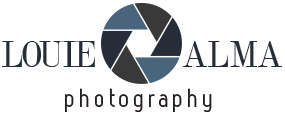Say goodbye to your iron – this £5 editor-approved laundry accessory will soften and remove wrinkles from your clothes
It will save you time and money, too!
In addition to spooktacular thrills, the Disneyland Resort 70th Celebration continues to offer select special anniversary entertainment, experiences and more. Guests can check Disneyland.com and the Disneyland app* for performance schedules.
